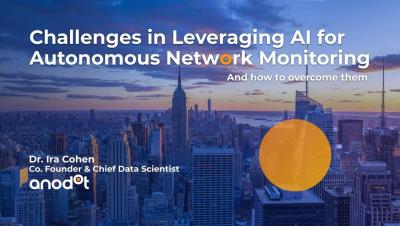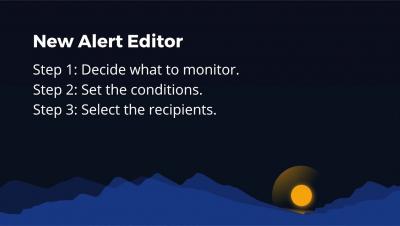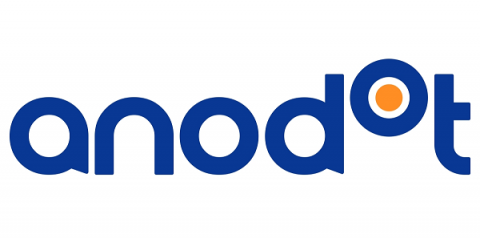Systems | Development | Analytics | API | Testing
Anodot
How Xandr, AT&T's Adtech Company, Prevents Revenue Loss with Autonomous Business Monitoring
Anodot CEO and Co-Founder David Drai joined Amazon Web Services and Xandr to discuss the shift to machine learning-based anomaly detection in business monitoring. Xandr Chief Technology Officer Ben John shared how their advertising marketplace is using Anodot platform to cut detection from “up to a week to less than a day”. You can watch the webinar at the link above or read on for the highlights of that talk.
Challenges in Leveraging AI for Autonomous Network Monitoring And how to overcome them
Tutorial: Anodot's updated alert editor
Anomaly detection 101
Top 6 Functional AIOps Requirements to Evaluate in Your RFP
AIOps adoption is on the rise. According to Gartner, by 2023 40 percent of DevOps teams will augment application and infrastructure monitoring tools with AIOps platform capabilities. Use cases are also expanding beyond IT to include IT Service Management (ITSM), digital experience monitoring (DEM), DevOps, Application Performance Monitoring (APM) and third party services.
How We're Cutting $360K From Anodot's Annual Cloud Costs
With the pandemic forcing businesses worldwide to reboot, many have no choice but to exact drastic cost-cutting measures to keep the lights on. Cloud computing is an expense incurred by every digital business that, unlike many other operating costs, is largely variable.
9 Key Areas to Cover in Your Anomaly Detection RFP
Evaluating a new, unknown technology is a complicated task. Although you can articulate the goals you’re trying to achieve, you’re probably faced with multiple solutions that approach the problem in different ways and highlight varying features. To cut through the clutter, you need to figure out what questions to ask in order to evaluate which technology has the optimal capabilities to get the job done in your unique setting.
How Correlation Analysis Boosts the Efficacy of eCommerce Promotions
In the first part of the blog series, we discussed how correlation analysis can be leveraged to reduce time to detection (TTD) and time to remediation (TTR) by guiding mitigation efforts early. Further, correlation analysis helps to reduce alert fatigue by filtering out irrelevant anomalies and grouping multiple anomalies stemming from a single incident into one alert. In this part, we throw light on the applicability of correlation analysis in the realm of eCommerce, specifically, promotions.
Correlation Analysis: A Natural Next Step for Anomaly Detection
Over the last decade, data collection has become a commodity. Consequently, there has been a tremendous deluge of data in every area of industry. This trend is captured by recent research, which points to growing volume of raw data and growth of market segments fueled by that data growth.







